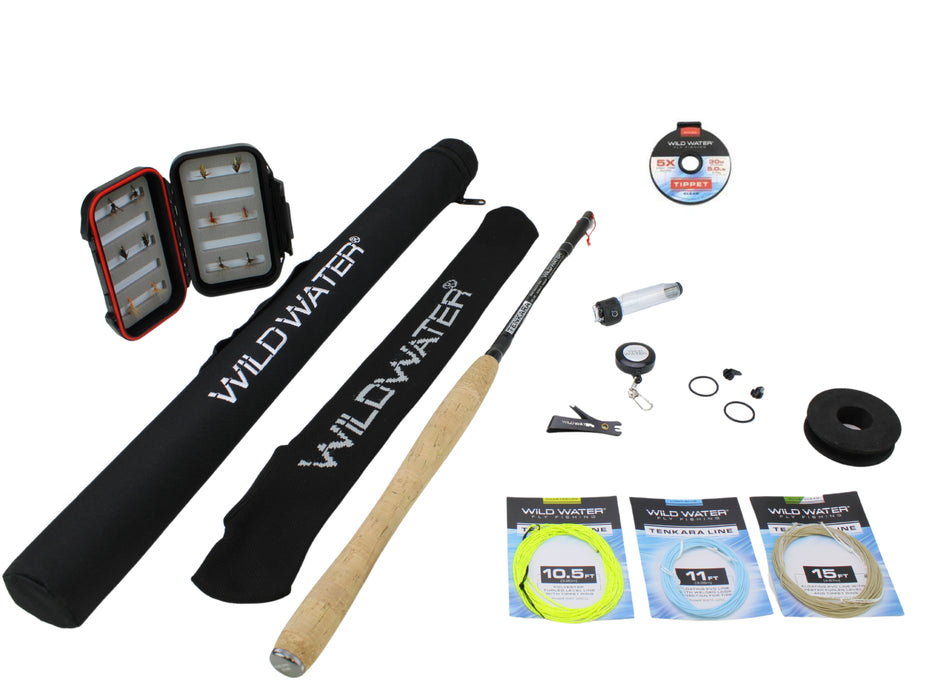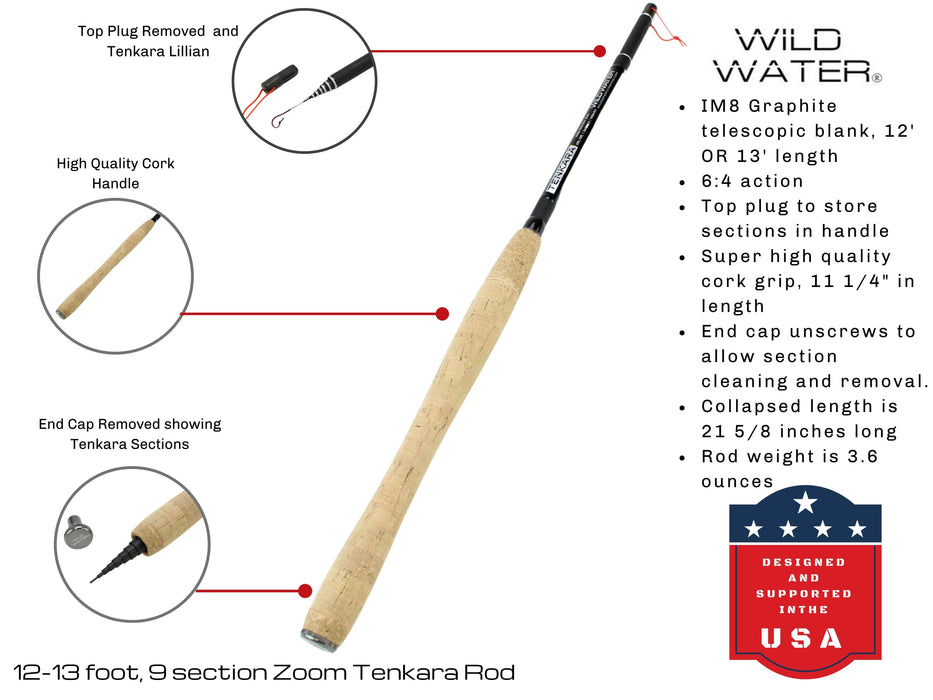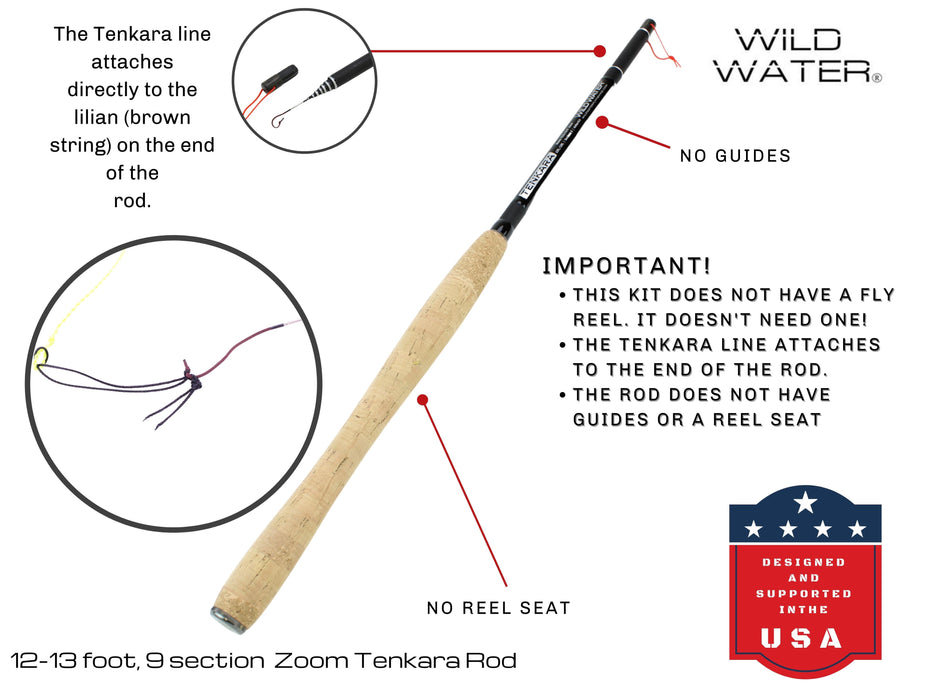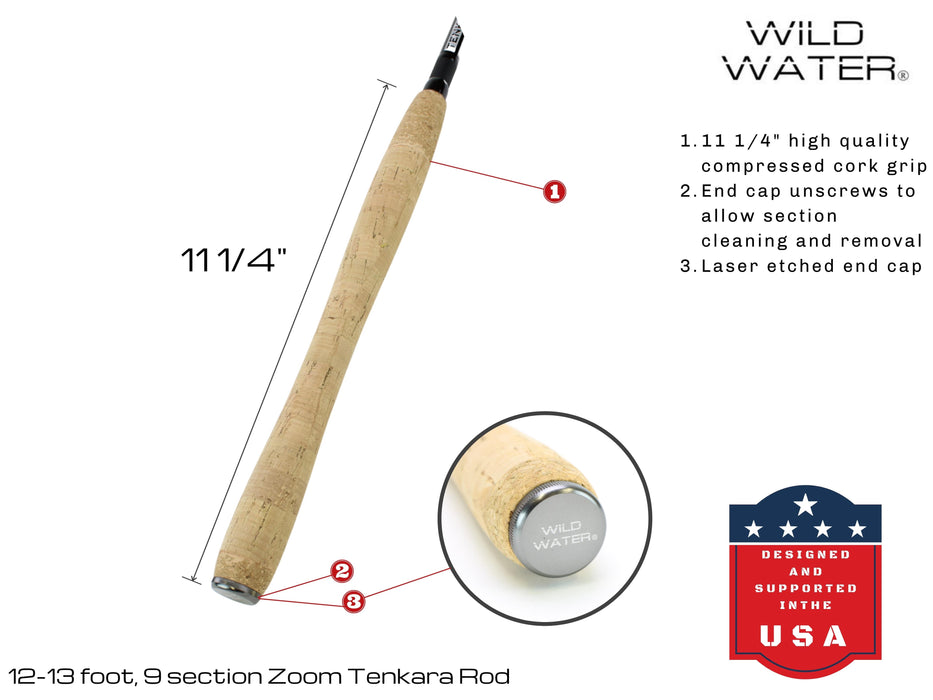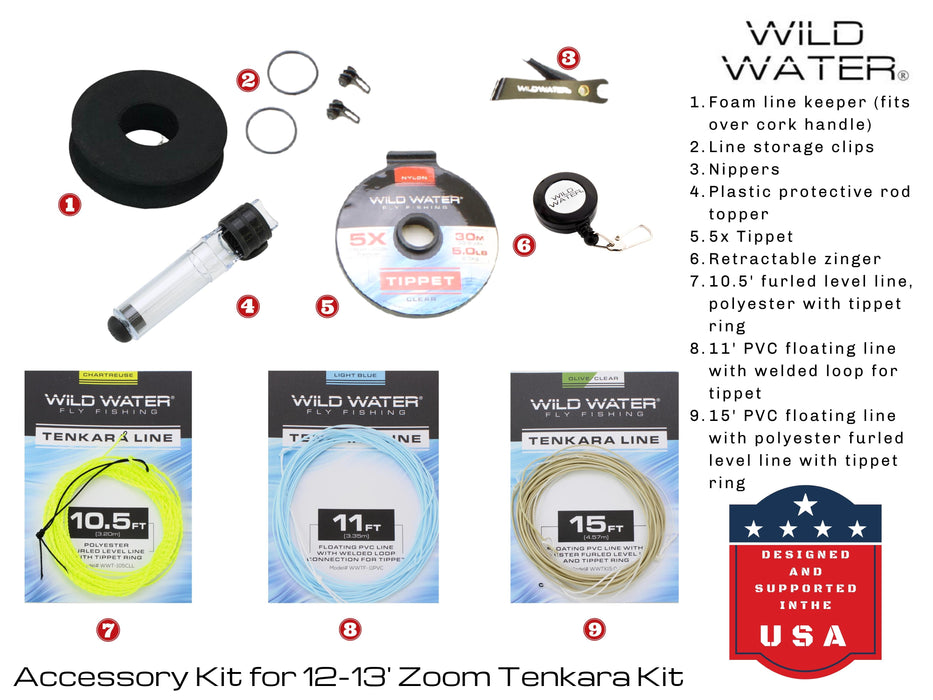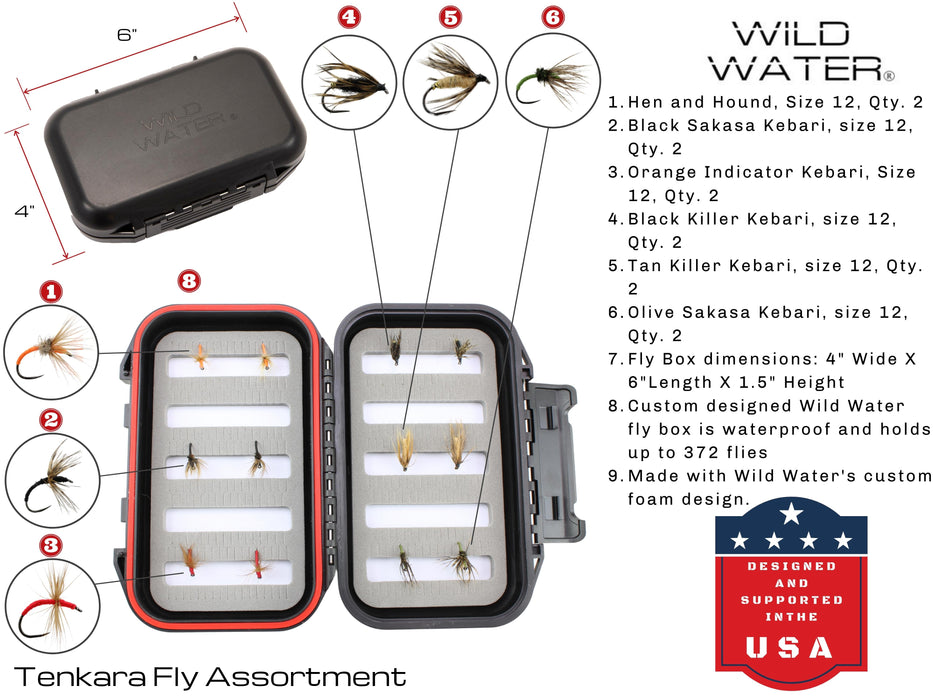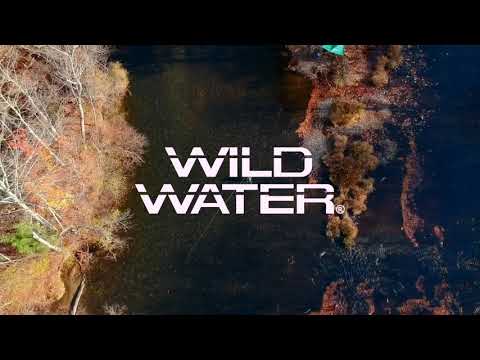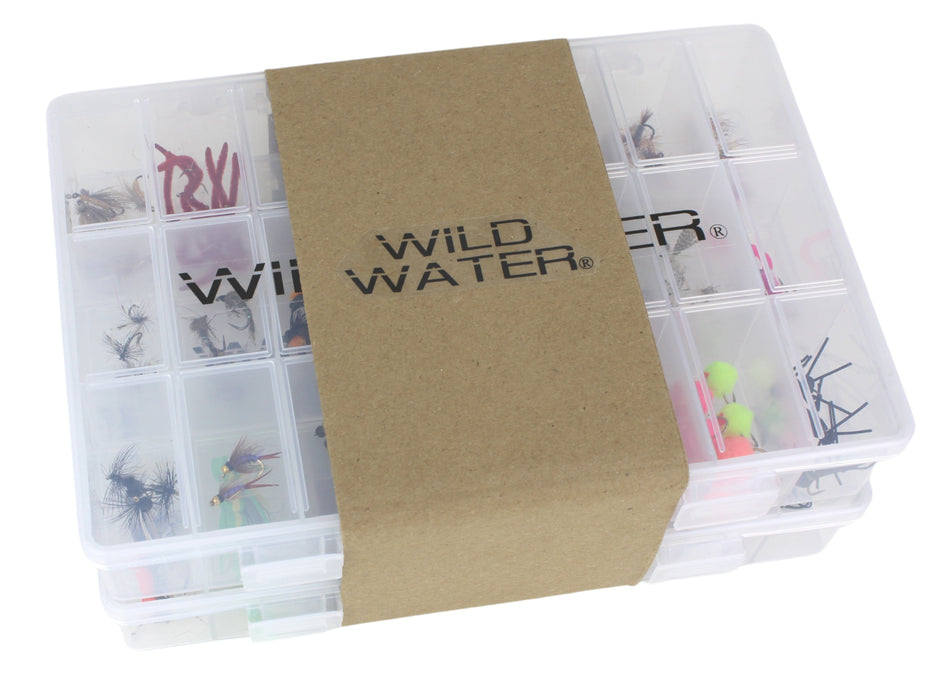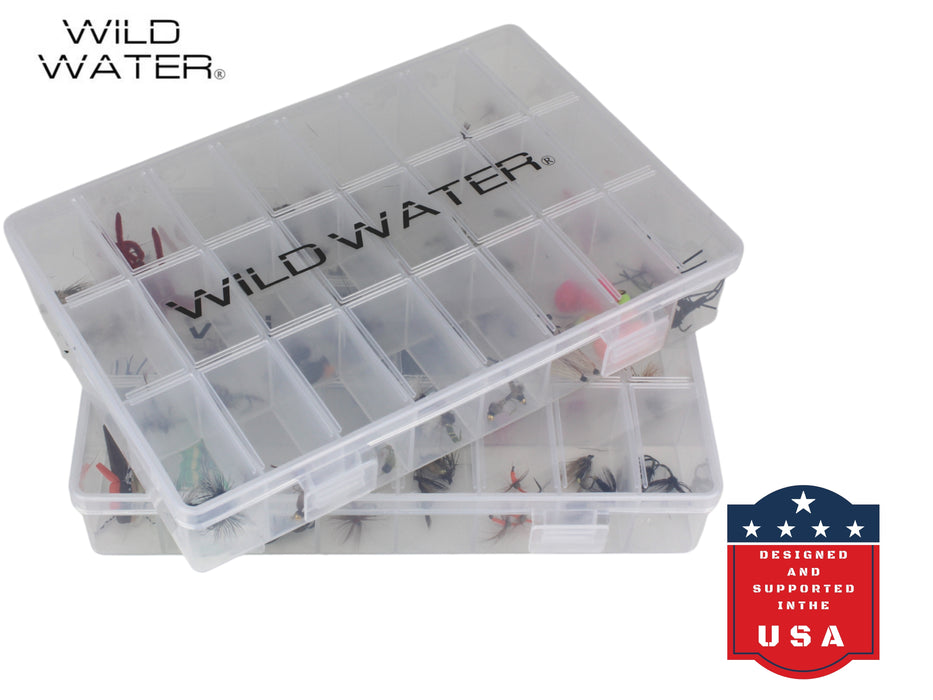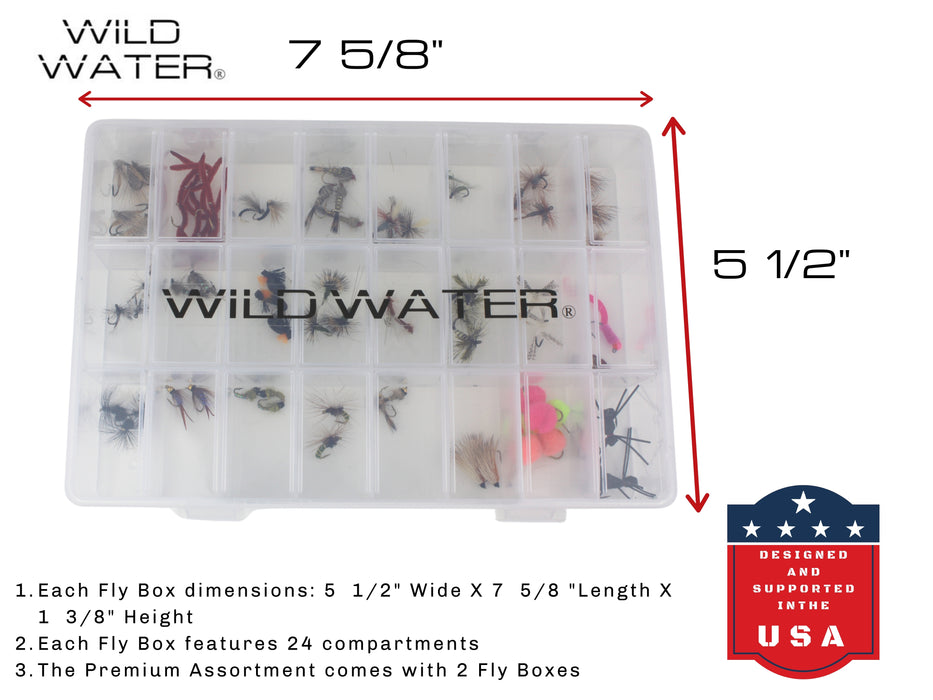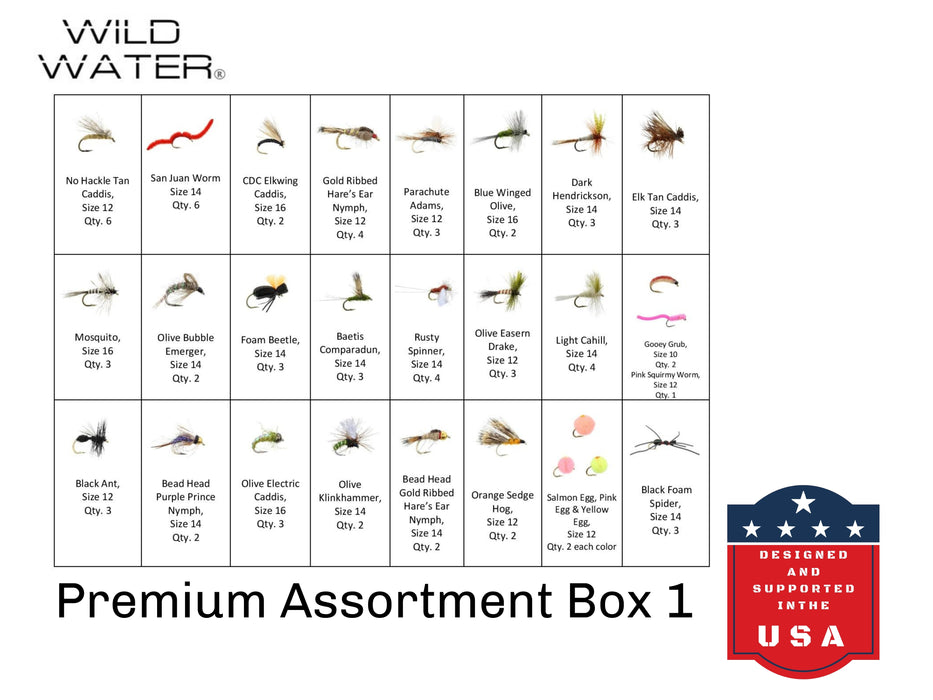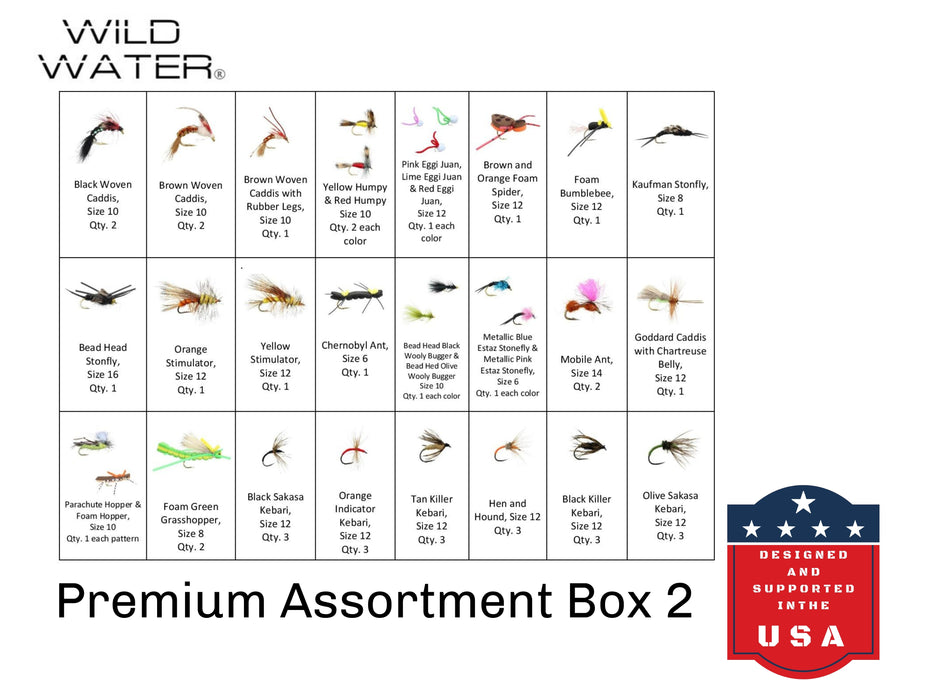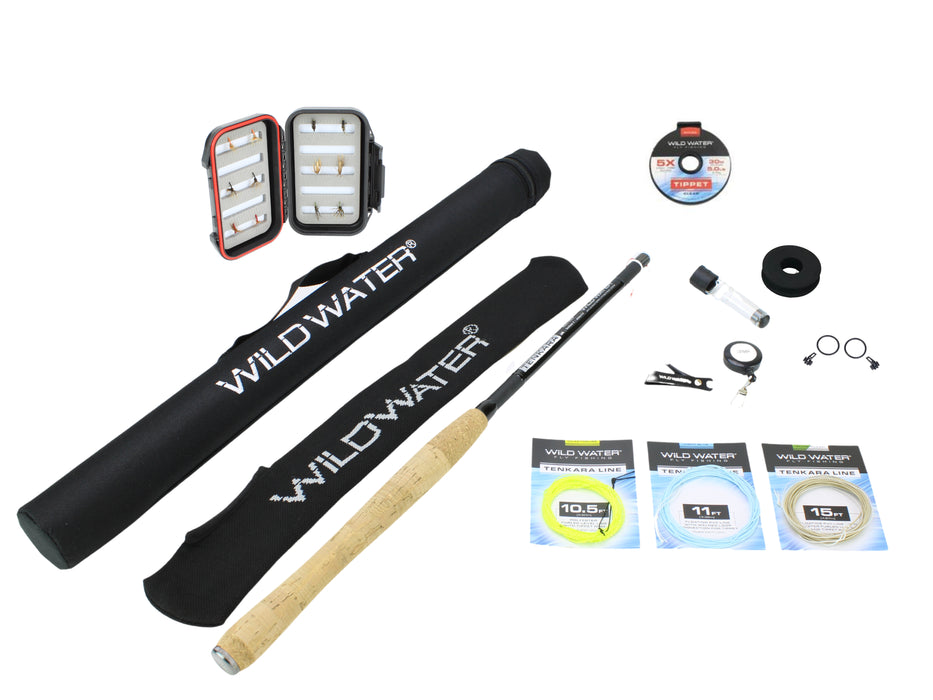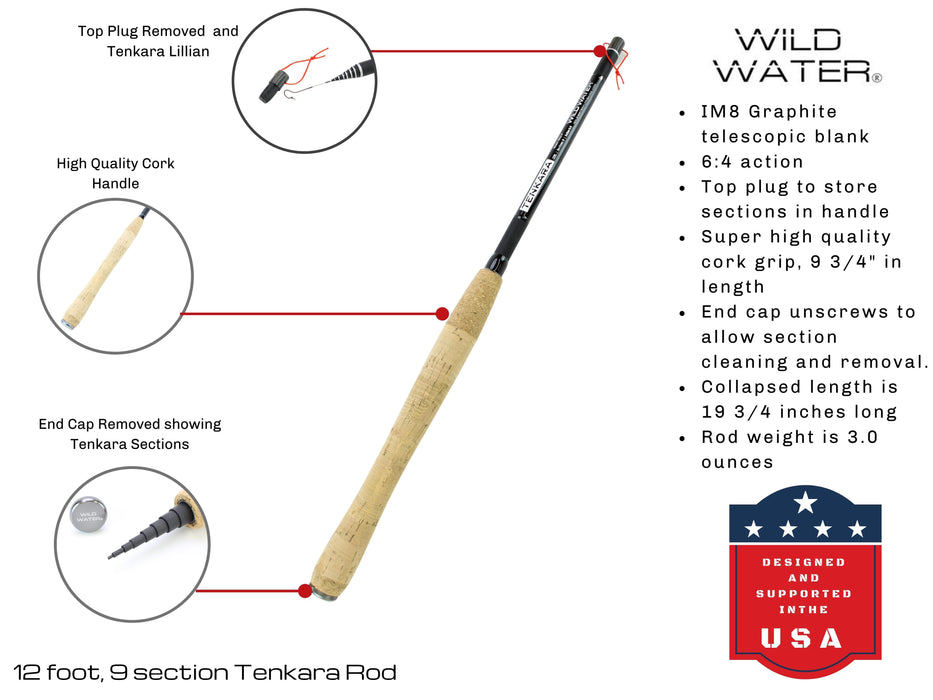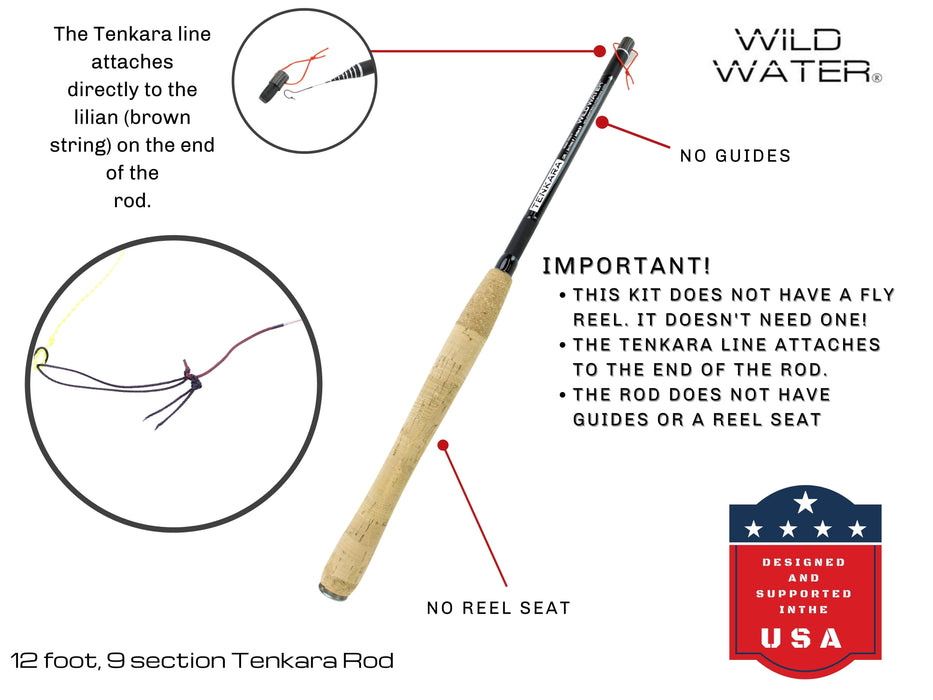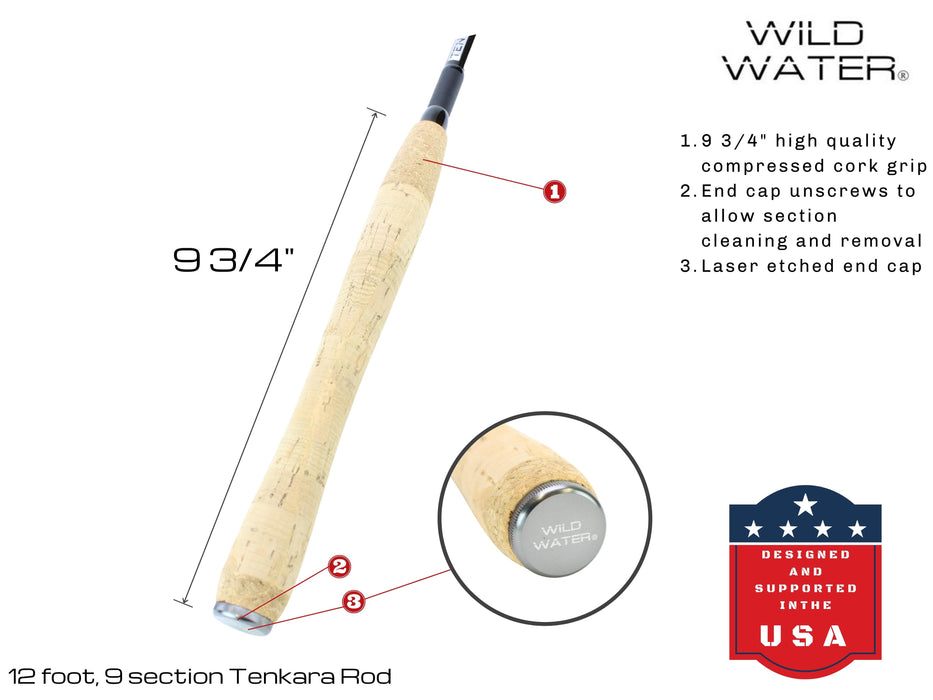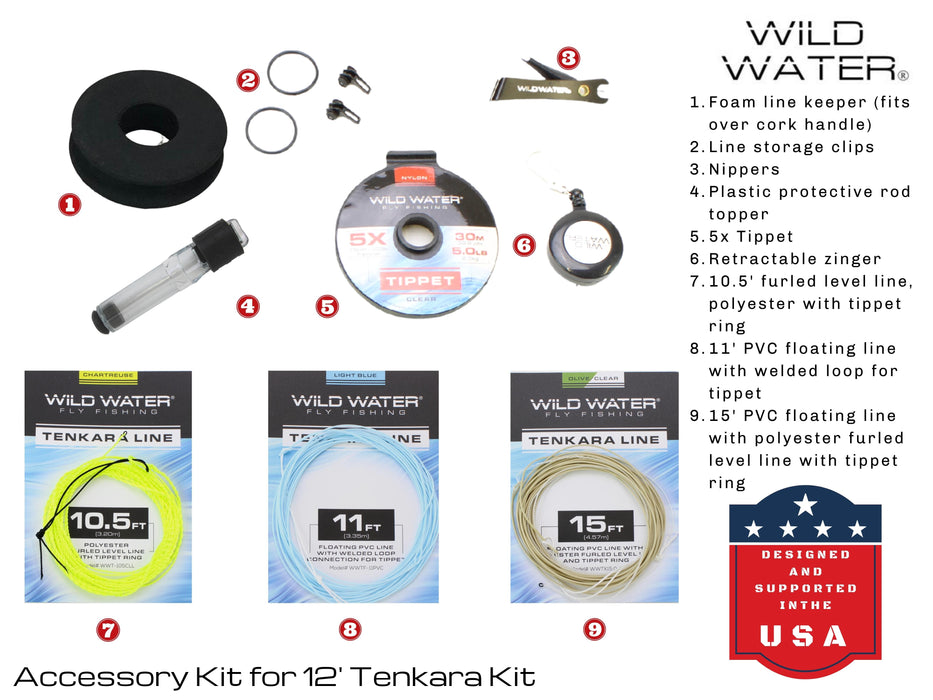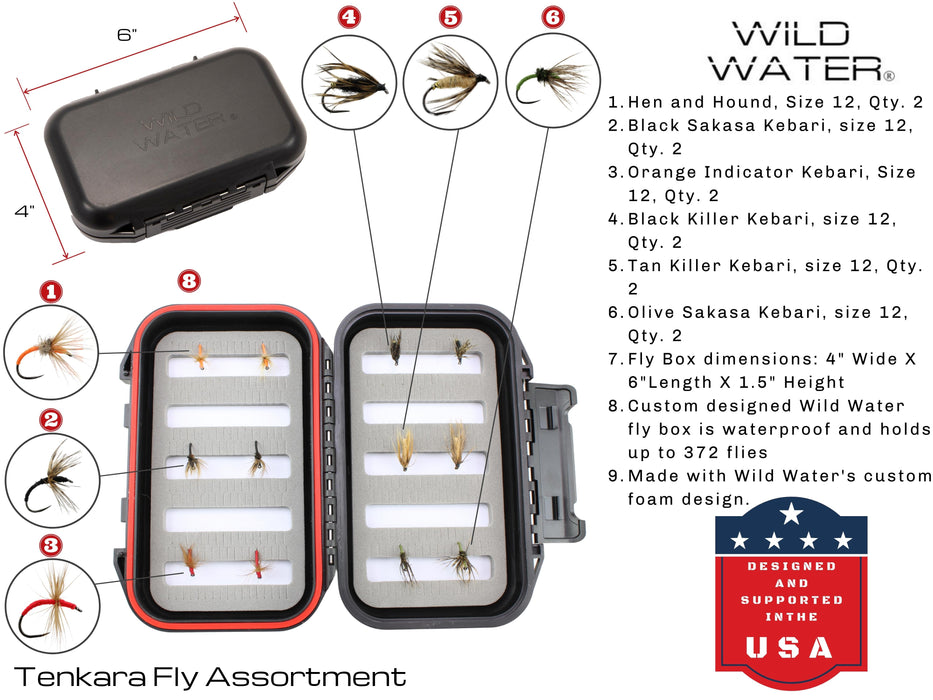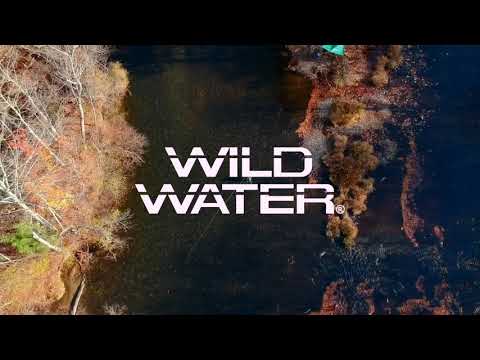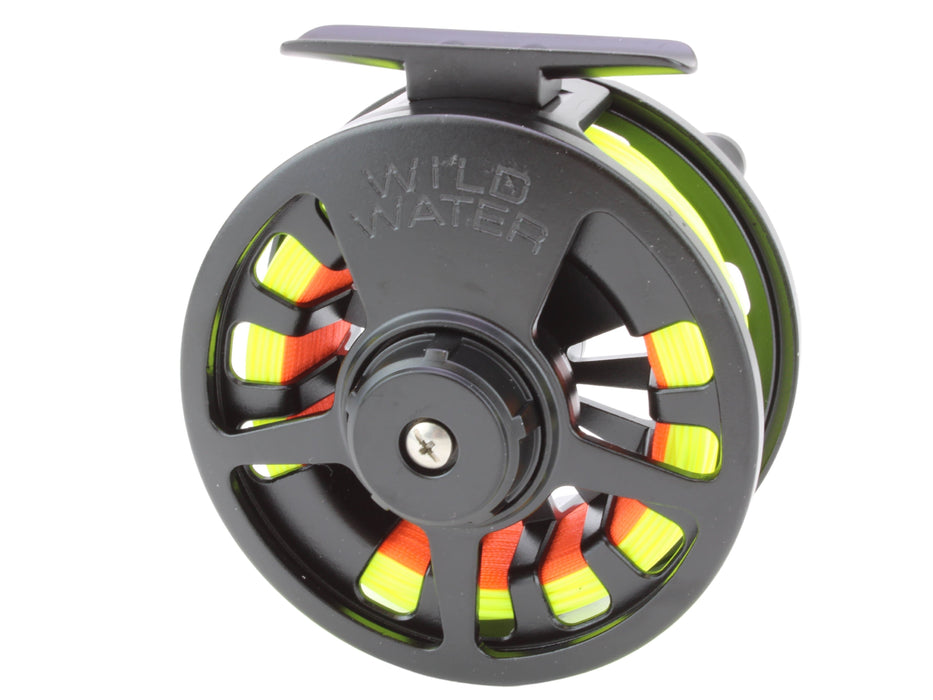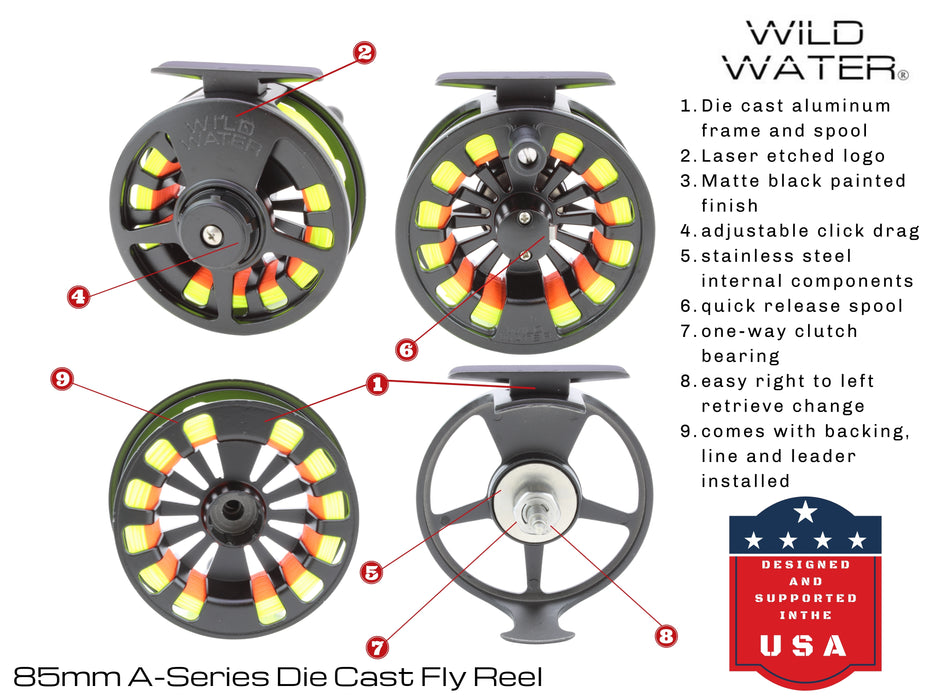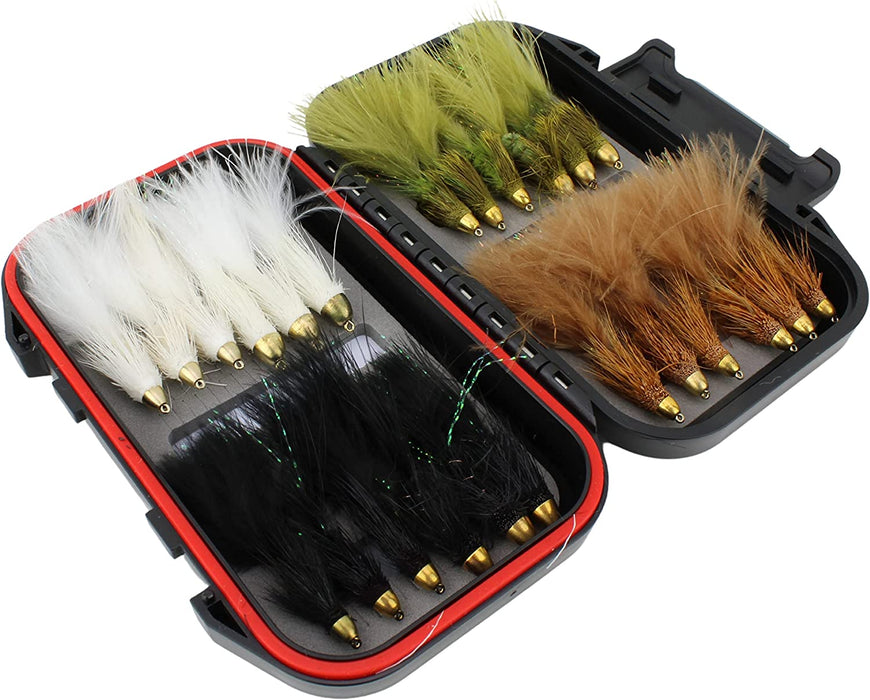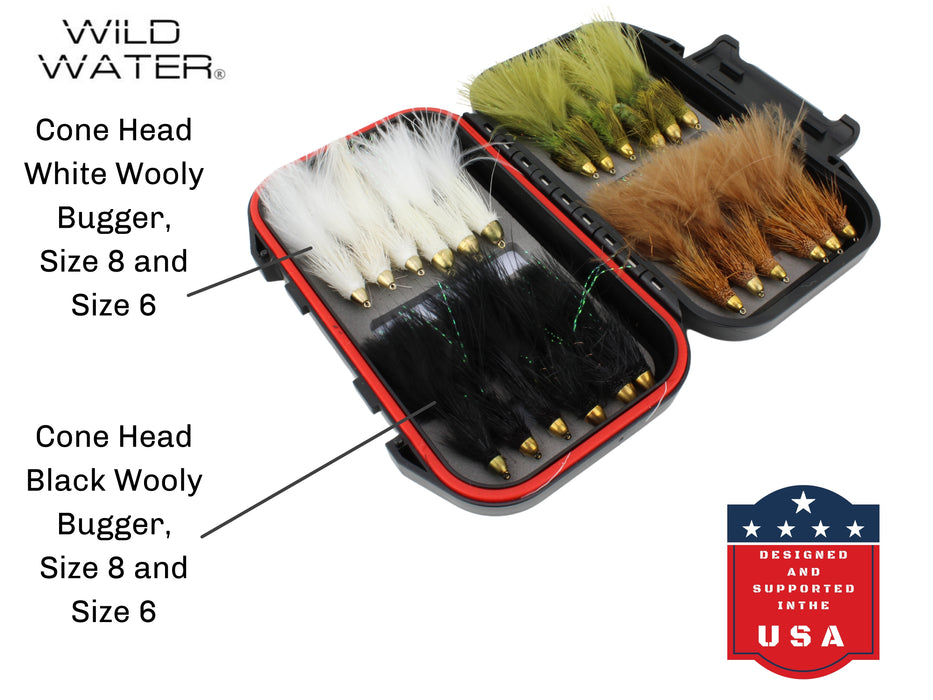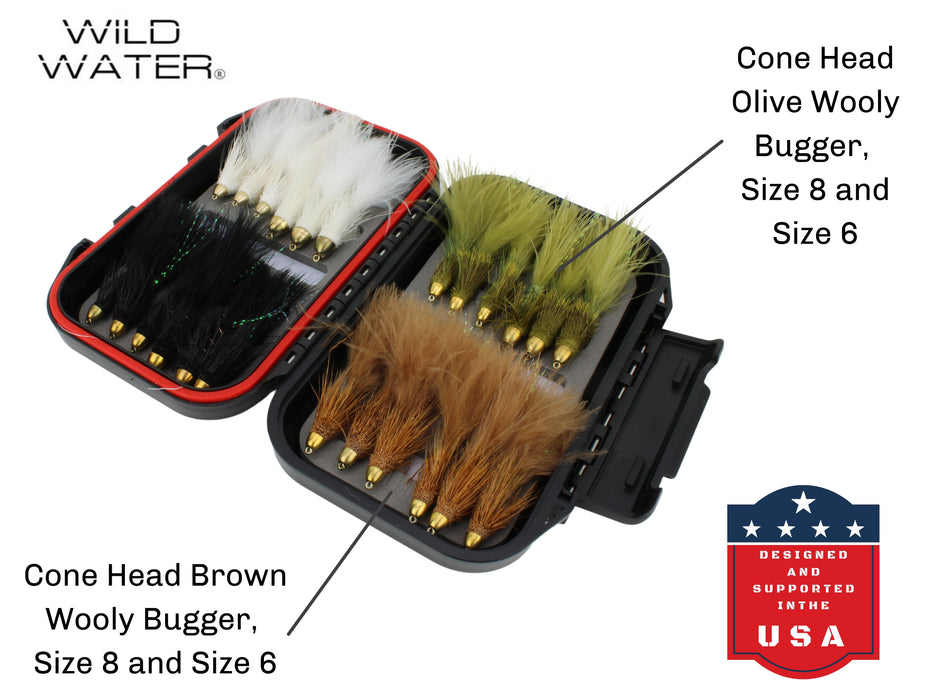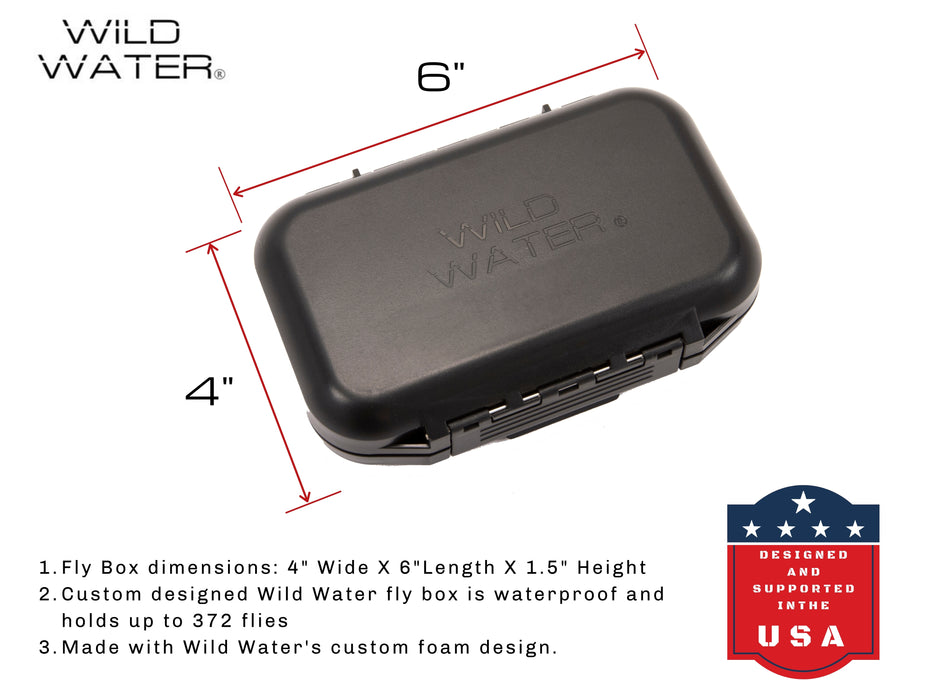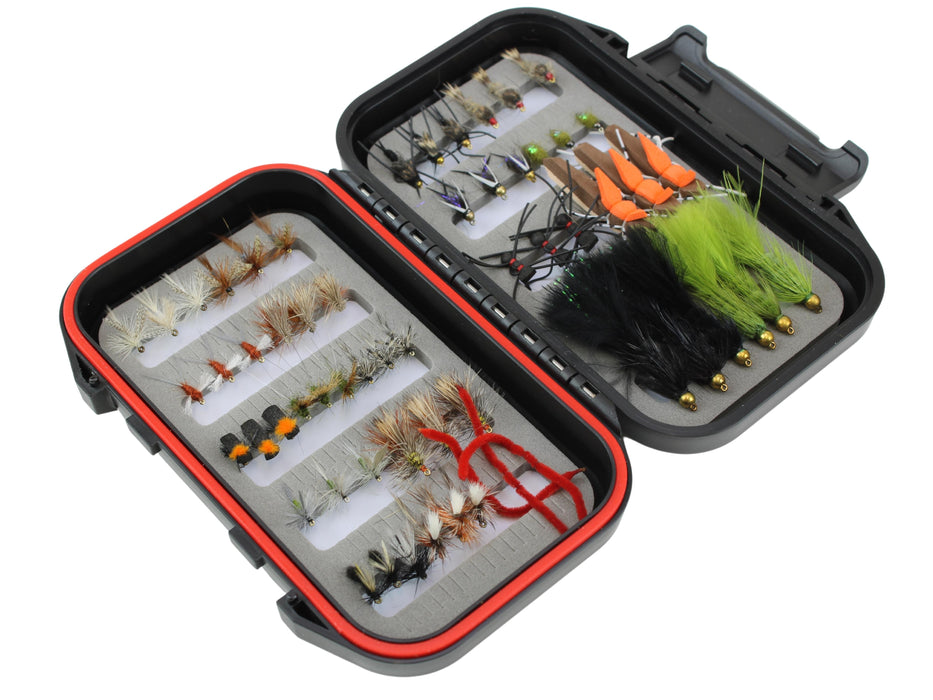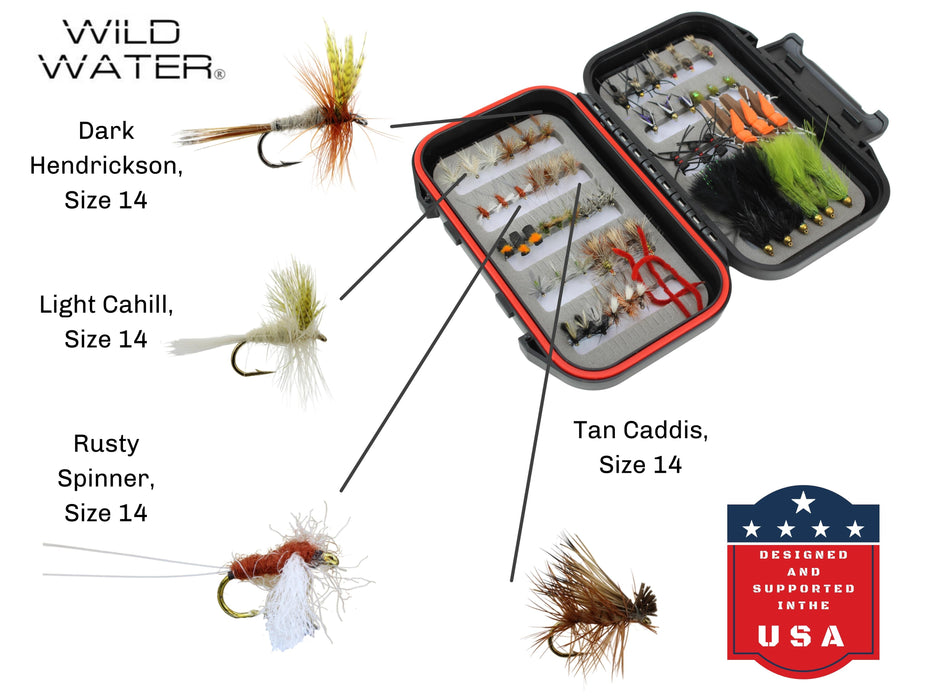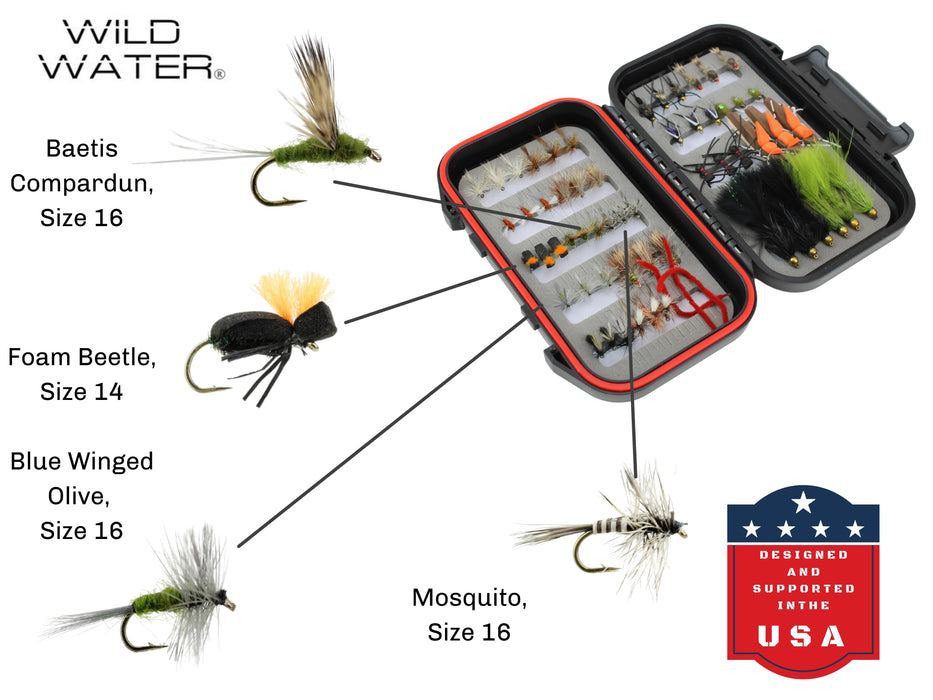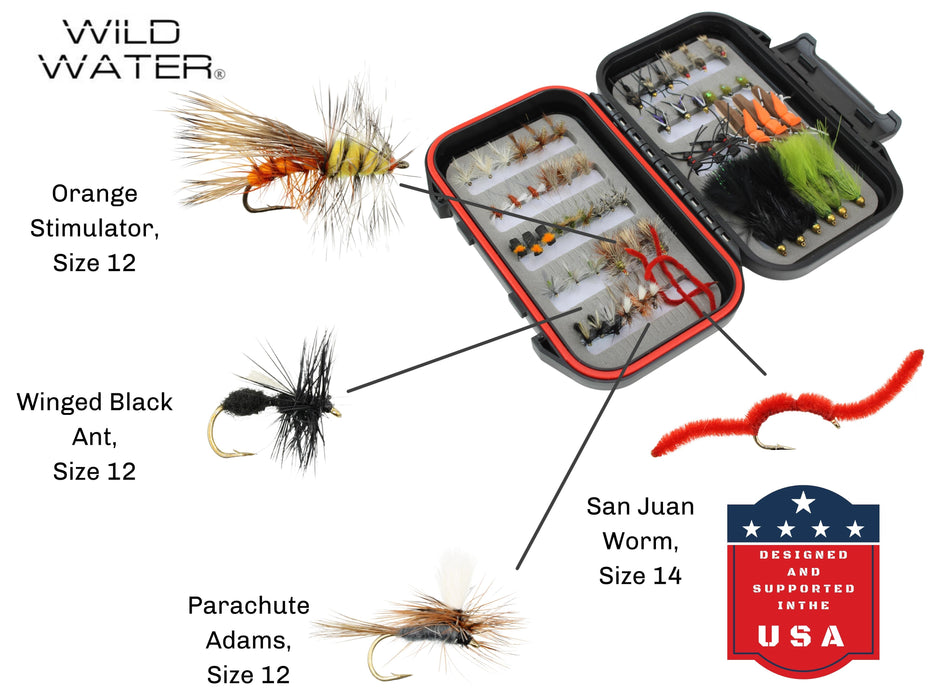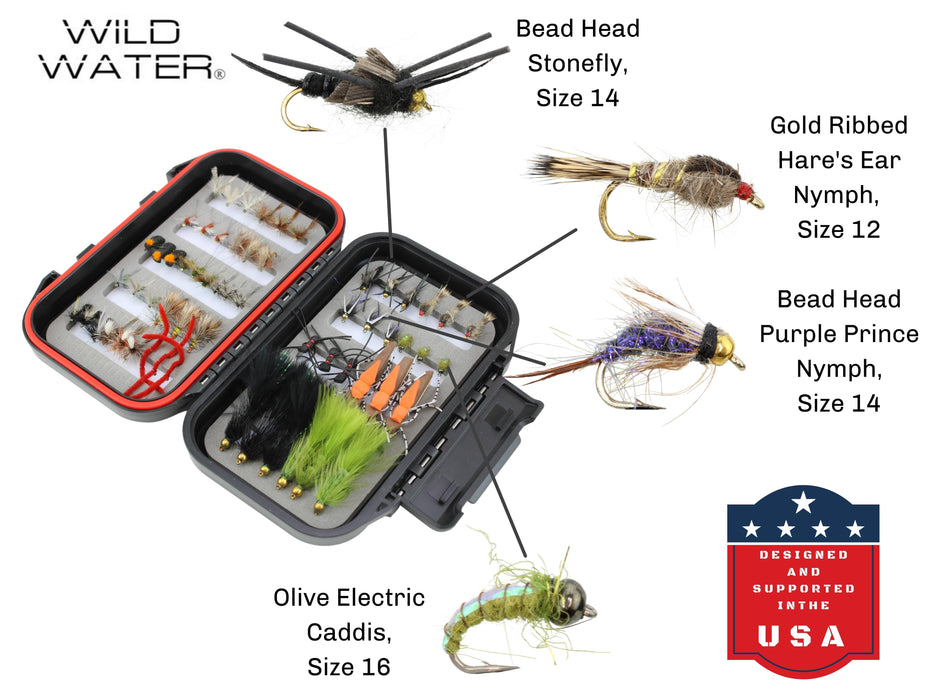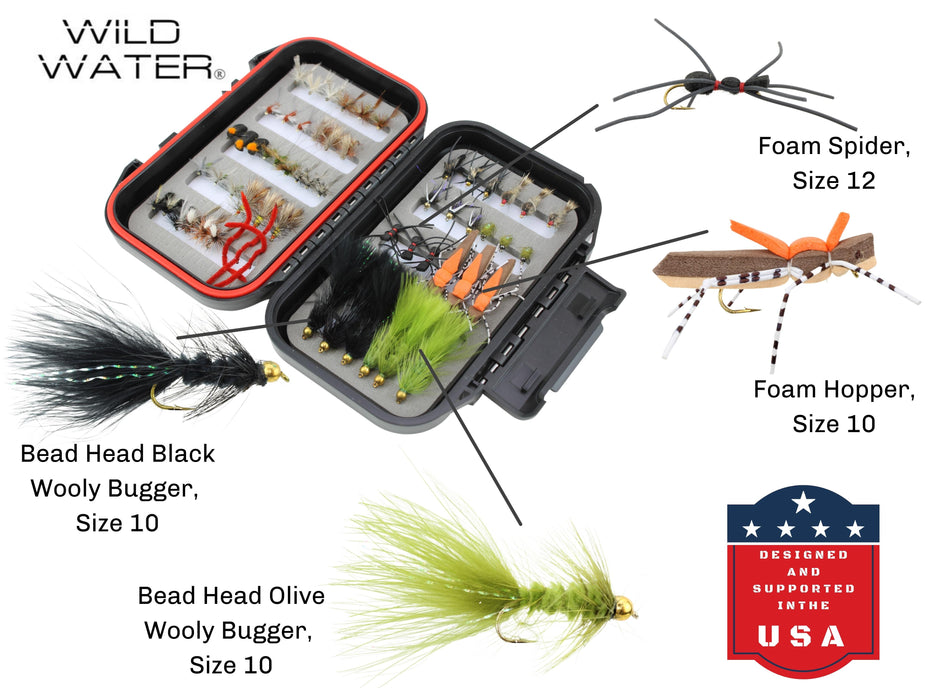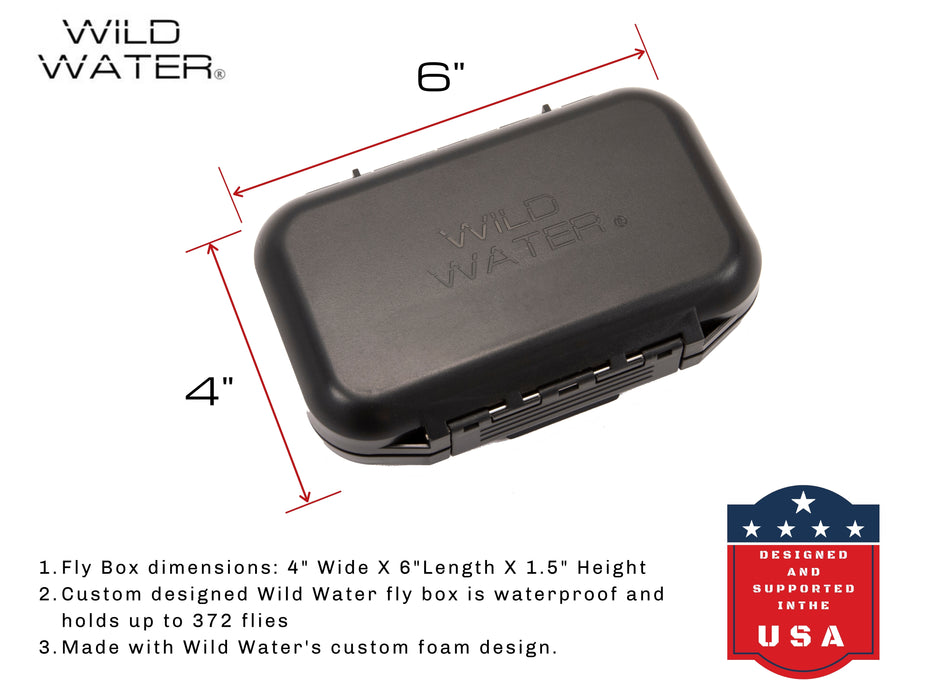Fly Fishing in Greenville, Maine
MAINE FLY FISHING
Fun fact – Maine is the only US state with one syllable. The northernmost state on the east coast is the largest in New England and can almost fit all five other New England states inside of it. The geography and climate are reminiscent of Alaska. Much of the population resides on the coast, or what the locals refer to as “Downeast”. Here, 40 million pounds of lobster are harvested annually, accounting for 90% of the nation’s supply. Lighthouses are a common sight along the nearly 3,500 miles of coastline. Maine has over 4,000 offshore islands and was believed to have been discovered by the Vikings 1,000 years ago. Acadia National Park is one of the more famous islands. Coastal grasses and wild blueberries cover steep hills descending to the rocky coastline. Inland Maine is very rural, largely due to the harsh winters. Average winter temperatures are around 20 degrees. Dense pine forests are common, littered with hundreds of lakes, ponds, and rivers. These pine forests are heavily logged, producing 90% of the nation’s supply of toothpicks. Moose, the state animal, are common, as well as black bear, whitetail deer, beaver, and other smaller mammals. Many of the rivers originate in the northwest corner of the state from the White Mountains. Here Mount Katahdin, the tallest in the state at 5,269 feet, marks the end of the Appalachian Trail.
Brook trout and landlocked salmon are the sought-after species by fly anglers. Brook trout in Maine can grow up to 5 pounds and 20 inches. Rivers such as the Rapid, Kennebec, and Penobscot are common destinations. Summertime temperatures average around 60-70 degrees, where dry fly opportunities can exist. Deeper pools in the larger rivers are more suited for streamer or nymphing techniques.
Years ago, we took a family trip to Greenville, a small town located in the center of the state near Moosehead Lake. We had booked a cabin at a lodge owned by the Appalachian Mountain Club. It was accessed by a long drive down logging roads into the mountains. The lodge was off grid, lacking amenities like cell service. It was mid-August, with temperatures in the mid-80’s and humid. We were fortunate to have sunny days, although the mosquitoes were certainly happy to see us. The smell of pine was in the air as active logging was present in the area. The lodge served buffet-style dinners, and I sat next to the ranger one night to pick his brain about fishing opportunities. He informed me of a few ponds in the woods near the lodge that I could hike to. There were canoes stashed on the shore of the ponds for us to use.
The next evening, my younger brother and I hiked out to the first pond. It was a short hike across flat land, maybe a half mile or so. We arrived at a decent-sized pond that was roughly 200 yards wide. The banks were tule grass backed by pine trees. We found the canoe and paddled out to the middle of the pond. The pond had a few fingers that we wanted to explore, so we spent the first hour paddling around. We came up on a cow moose with her calf feeding on submerged vegetation along the shoreline. Being young and naïve suburban kids, we decided to paddle towards them to get a closer look. Naturally, the mom saw us and began swimming right at us. Growing up, my brother and I weren’t exactly known for working well together. But in this moment, we were able to synchronize our paddling enough to turn the canoe around and evade the charging moose. Luckily, she turned away once we got far enough from her calf. We made the decision to stay in the middle of the pond for the rest of the outing.
As sunset approached, trout began to feed on the surface. There was no wind, making the surface of the water look like glass. I saw small mayflies sitting on top of the water. I had my 9-foot 5-weight rod with me and rigged up a 9-foot 5x monofilament leader with a #16 Parachute Adams. It was too dark to see what the exact species of mayfly was, but I had learned that the Parachute Adams is a good all-around mayfly imitation. I couldn’t cast very far while sitting in the canoe, but the low-light conditions allowed us to get within 20 feet of the rising fish. I casted into the middle of the feeding pod and let the fly sit for over a minute, noticing that the live mayflies were doing the same thing. Eventually, a trout porpoised on my fly and I set the hook. It was a little bit of a rodeo trying to land the fish in the canoe, but my brother was able to finally get it in the net. It was a beautiful 10-inch brook trout, with colors ranging from deep blue to fluorescent orange. I managed to catch another of similar size before it got too dark. It was a magical evening, as the cow and calf moose continued to feed on the bank as the sun set.
Maine truly has some beautiful country. Whether on the coast or in the woods, it’s worth making the trip.
